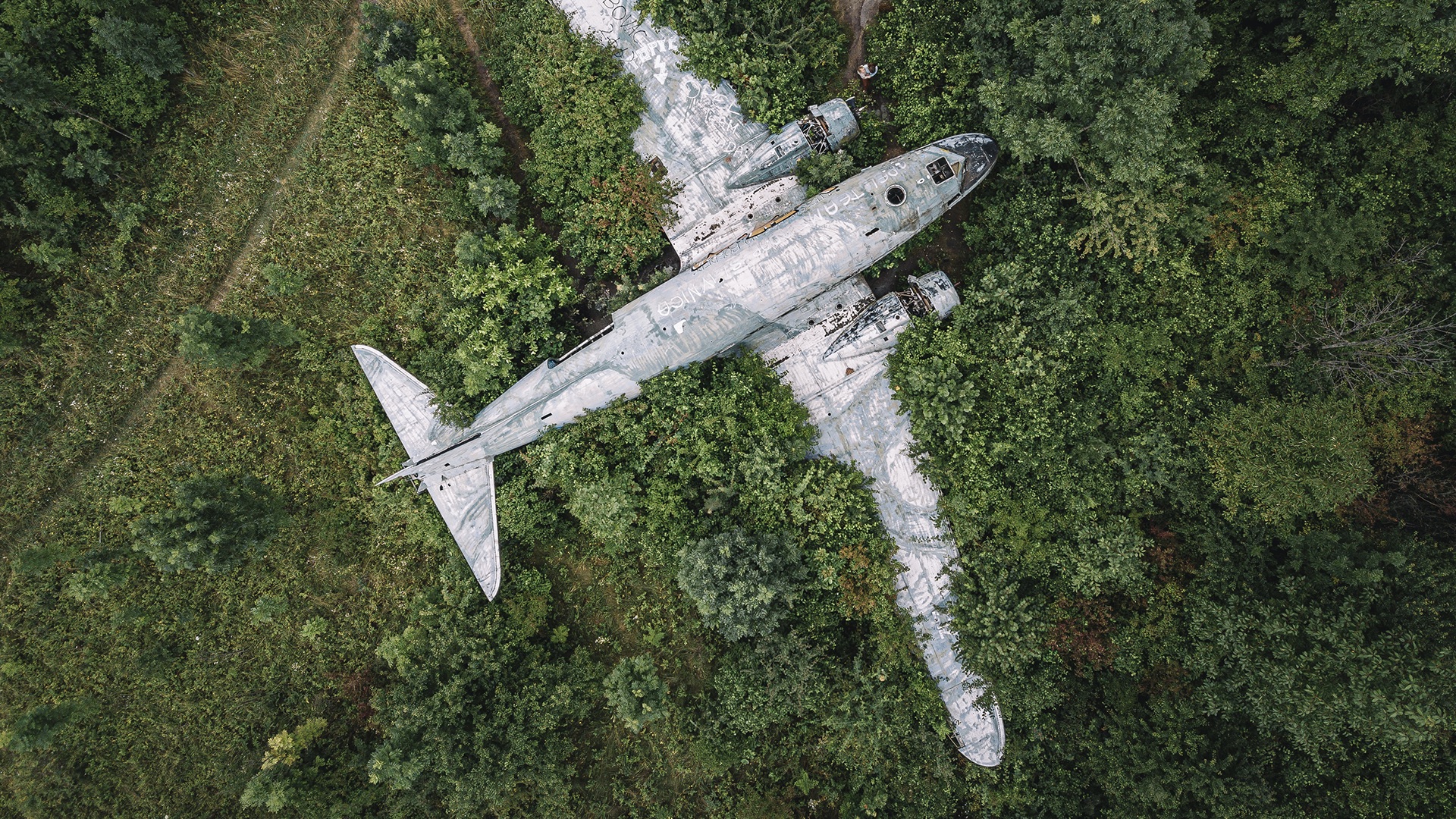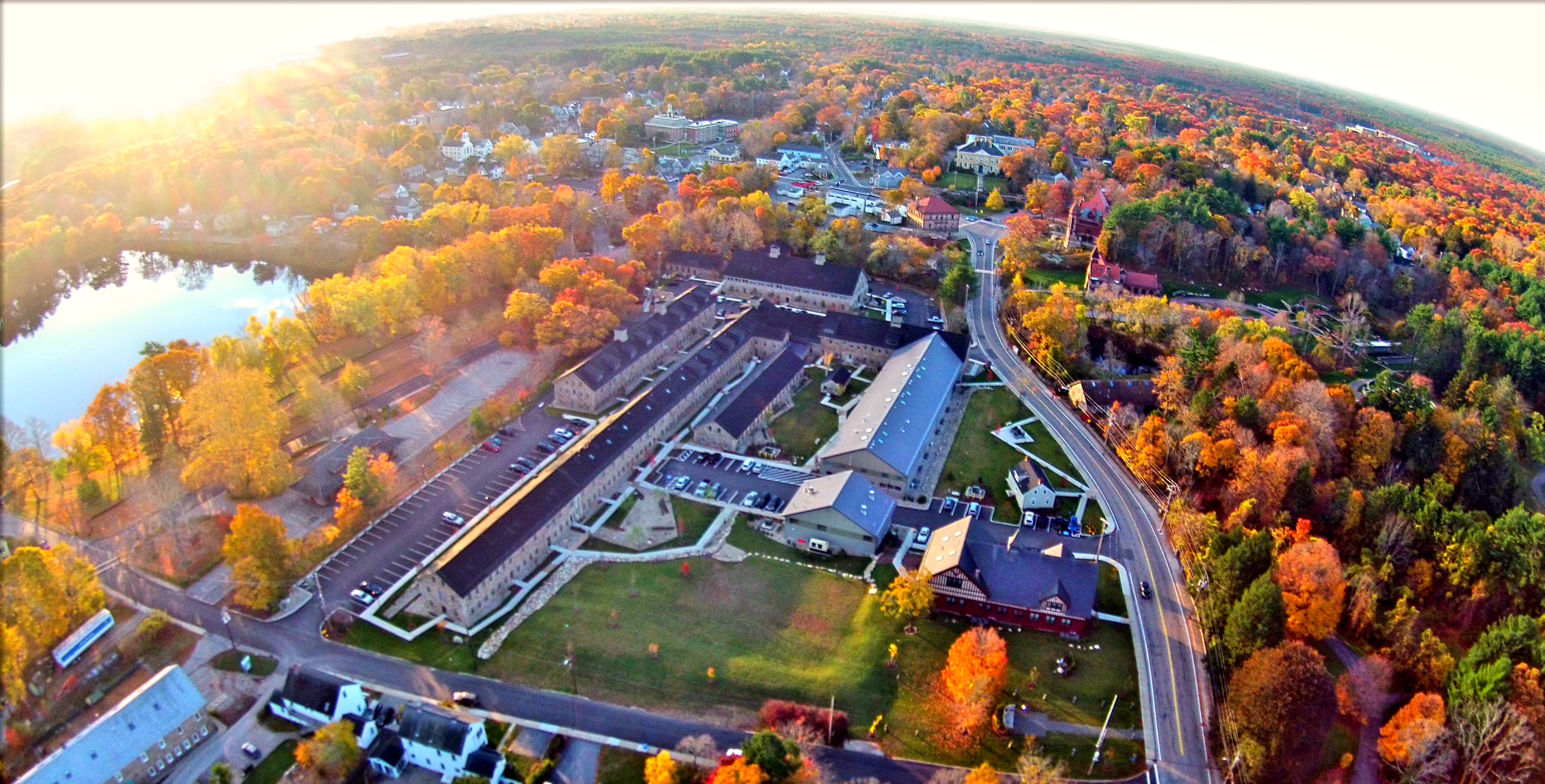Premium Images from a Experienced Aerial Photographer Spokane
Transform Your Point Of View: The Art and Scientific Research Behind Drone Photography
Drone photography stands for a substantial junction of imaginative vision and technological innovation, enabling makers to record perspectives previously unattainable. Recognizing the technicians of drone modern technology, from equipment choices to composition strategies, is essential for attaining compelling images. Furthermore, factors to consider such as lighting and environmental problems can greatly influence the last result. As digital photographers fine-tune their skills in both airborne technique and post-processing, they open a richer narrative possibility. What really identifies efficient drone photography from simple aerial pictures? Discovering this inquiry discloses deeper understandings right into the craft and its progressing landscape.
Recognizing Drone Technology
Recognizing drone technology is vital for any person interested in harnessing its abilities for digital photography. Drones, or unmanned airborne lorries (UAVs), count on a combination of hardware and software application to attain trip and capture imagery. At their core, these gadgets are outfitted with sensing units, cameras, and navigation systems that enable them to fly autonomously or be managed from another location.
The key parts of drone innovation consist of the trip controller, which works as the mind of the drone, refining information from various sensing units to make sure steady trip. Furthermore, general practitioner modern technology plays a crucial role in navigating, making it possible for drones to adhere to pre-defined trip courses and keep their position also in tough problems.

Moreover, recognizing the governing landscape surrounding drone use is important, as it regulates where and how drones can be run, making certain security and compliance. Familiarity with these facets of drone modern technology equips professional photographers to maximize their innovative potential while sticking to legal standards.
Necessary Equipment for Drone Digital Photography
Picking the appropriate devices is crucial for accomplishing extraordinary results in drone digital photography. At the heart of this configuration is the drone itself, which should be selected based upon flight stability, electronic camera quality, and convenience of use. Popular versions commonly feature built-in high-def video cameras that capture magnificent airborne pictures.
In enhancement to the drone, investing in a premium video camera is essential. Lots of drones come outfitted with video cameras qualified of capturing in 4K resolution, but also for professional-grade outcomes, consider a drone that permits compatible cams or supports larger sensing units. This adaptability can considerably enhance photo top quality.
Stabilization is one more crucial aspect. A three-axis gimbal is recommended for smooth footage, lessening resonances that can interfere with photo clearness. Additionally, additional batteries and a dependable battery charger make certain prolonged flight time, permitting more comprehensive shoots.
Understanding Composition Techniques
Mastering composition techniques is basic to raising your drone photography from average to extraordinary. A well-composed image catches the visitor's interest and communicates an effective story.
Among the necessary concepts to think about is the guideline of thirds, which includes dividing your frame right into a grid of 9 equal components. Placing crucial elements along these lines or at their crossways creates aesthetic rate of interest and balance. Additionally, leading lines can lead the customer's eye with the picture, accentuating the subject and including deepness.
Another efficient technique is mounting, where natural environments such as trees or buildings enclose the subject, boosting the focal point. This method not just supplies context but additionally produces a sense of affection within the scene.

Finally, always bear in mind the horizon line. A jagged perspective can detract and sidetrack from an otherwise fascinating picture. By understanding these structure strategies, you can substantially enhance the impact of your drone digital photography.
Illumination and Climate Considerations
In drone digital photography, the interplay of illumination and weather can substantially influence the top quality and mood of your images. Optimum lighting problems are crucial; the golden hours-- quickly after sunrise and prior to sundown-- use soft, diffused light that boosts colors and lessens severe darkness. During these times, the landscape appears extra vibrant and dynamic, allowing for impressive airborne shots.
Conversely, overcast skies can create a level, muted palette, yet they can likewise offer also lighting that lowers contrast and highlights details in the atmosphere. This can be useful for recording textures in urban settings or elaborate patterns in nature.
Weather condition conditions, such as haze, snow, or rain, can additionally include distinct elements to your photography. Fog can produce a feeling of mystery, while rain can enhance colors and saturate the landscape. It is necessary to think about the security of your drone; flying in negative weather condition click here for more problems can lead to tools damages or loss of control.
Inevitably, recognizing just how illumination and weather affect your airborne shots enables you to select the optimal conditions for your drone digital photography, making certain engaging and visually striking pictures.
Post-Processing Tips and Techniques
After catching stunning airborne photos, the next step entails refining those shots via post-processing. This essential stage improves the visual influence of your photos, enabling you to highlight the distinct perspectives that drones give.
Begin with software devices like Adobe Lightroom or Photoshop, which provide durable modifying capabilities. Begin by dealing with exposure and white balance to ensure that your shades appear realistic. Utilize pie chart checks to accomplish optimum brightness degrees, preventing overexposure or loss of detail in shadows.
Following, enhance comparison to add depth to your photos. Changing clarity can hone important information without presenting noise, which is specifically beneficial in airborne shots where texture plays a substantial role. Do not shy away from cropping; this can aid focus the customer's focus on the main subject.
Think about using a mild vignette to guide the visitor's eye toward the her explanation facility of the picture. By mastering these post-processing techniques, you can boost your drone photography to new heights.
Final Thought

What genuinely identifies efficient drone photography from plain aerial snapshots? Many drones come outfitted with cams capable of capturing in 4K resolution, but for professional-grade outcomes, consider a drone that permits for interchangeable cameras or sustains larger sensors. By understanding these composition strategies, you can substantially enhance the effect of your drone digital photography.
In drone photography, the interaction of illumination and climate can substantially influence the top quality and mood of your images (aerial photographer spokane). By grasping these post-processing strategies, you can elevate your drone photography to brand-new heights